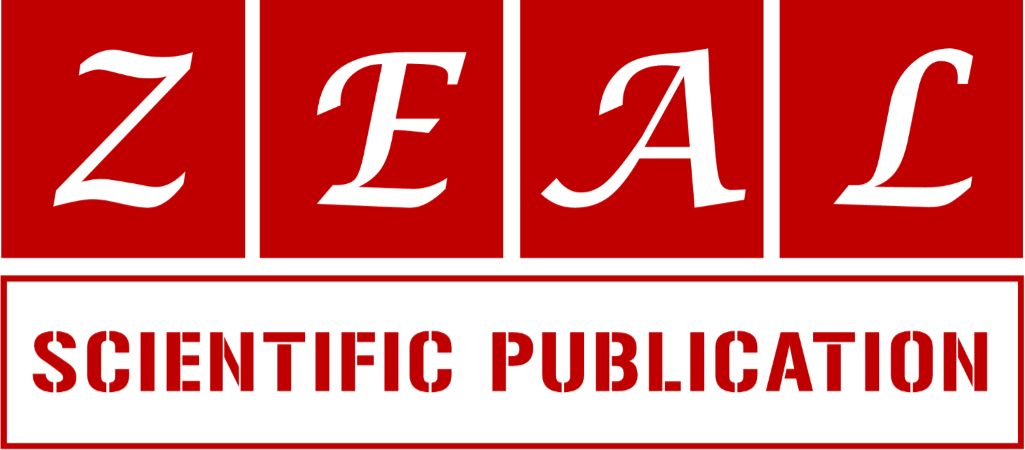An insight to the treatment of diabetes within the era of SARS-COV2 in the existence of cardiovascular co-morbidity
1 Department of Environment and Pollution, Marshes research center, University of Thi-Qar, Iraq.
2 Department of Soil and Water, Marshes research center, University of Thi-Qar, Iraq.
3 Department of Pharmacology, College of medicine, University of Thi-Qar, Iraq.
Review
World Journal of Biology Pharmacy and Health Sciences, 2022, 02(02), 024–057.
Article DOI: 10.53346/wjbpr.2022.2.2.0029
Publication history:
Received on 18 March 2022; revised on 23 April 2022; accepted on 25 April 2022
Abstract:
Viral infections deteriorates the infected diabetic individuals’ glycemic state, hence developing hyperglycemia as frequently reported for SARS-COV2 viral infection. However, higher prevalence, poorer prognosis as well as higher mortality rates associated with SARS-COV2 infection among diabetic individuals. Consequently, it is strictly recommended good glycemic control for ensuring reducing disease severity as well as better survival rate. Uptodate, insulin seems to be the hypoglycemic agent of choice for treating hyperglycemia condition encountered during acute/severe microbial infection that requires hospitalization. Nevertheless, paradoxical spectulations are issued regarding the feasibility of considering oral hypoglycemic agents such as metformin,(GLP-1) Receptor Agonists, Sodium-Glucose-Transporter-2 (SGLT-2) Inhibitors, pioglitazone administration to SARS-COV2 infected diabetic patients’ therapy. Although, several reports about various side effects associated with these drugs including dehydration, hypovolemia, gastrointestinal and perecipitating lactic acidosis side effects. Thus, this report surveys the paradoxical spectulations and recommendation are reported for these classes of hypoglycemic drugs beside some other drugs related to other comorbidities such as those acting on renine- angiotensine system and hydroxychloroquine.
Keywords:
Hyperglycemia; Diabetes; SARS-COV2; Treatment; Oral Hypoglycemic
Full text article in PDF:
Copyright information:
Copyright © 2022 Author(s) retain the copyright of this article. This article is published under the terms of the Creative Commons Attribution Liscense 4.0
